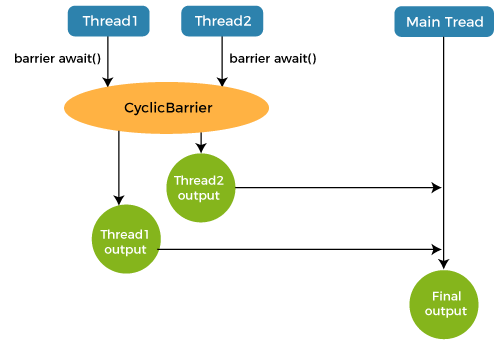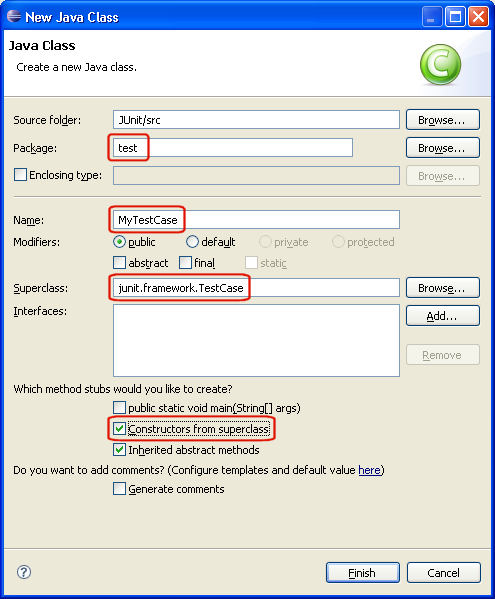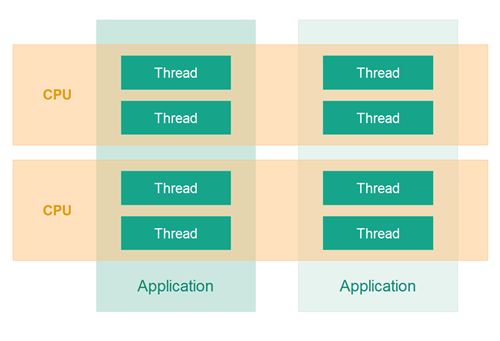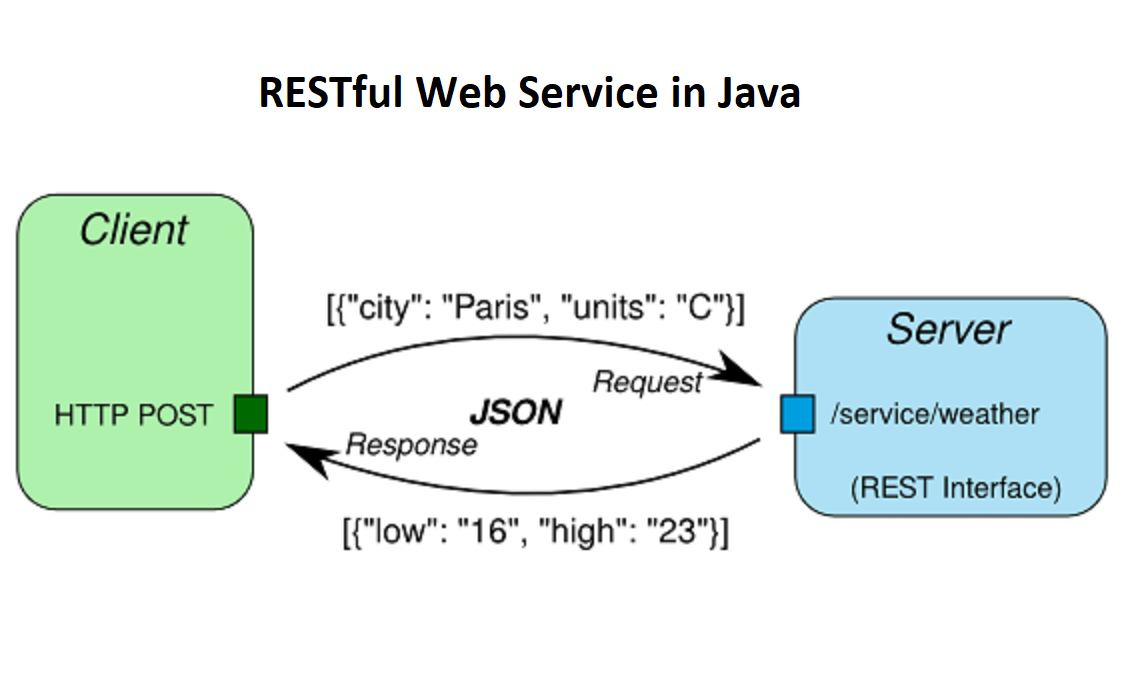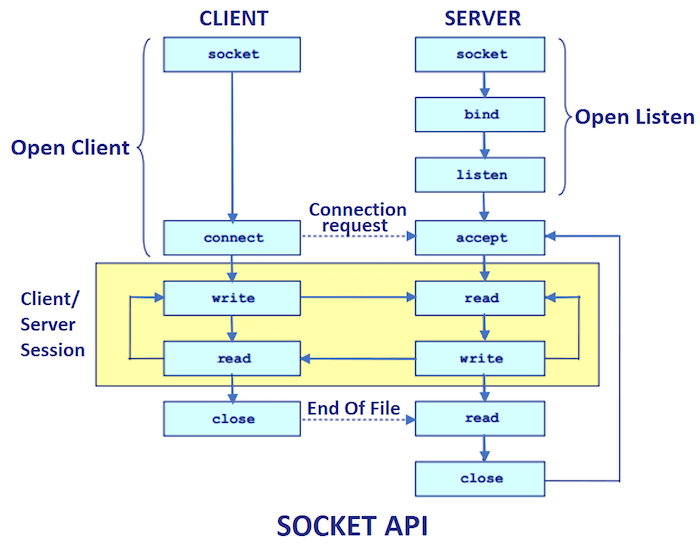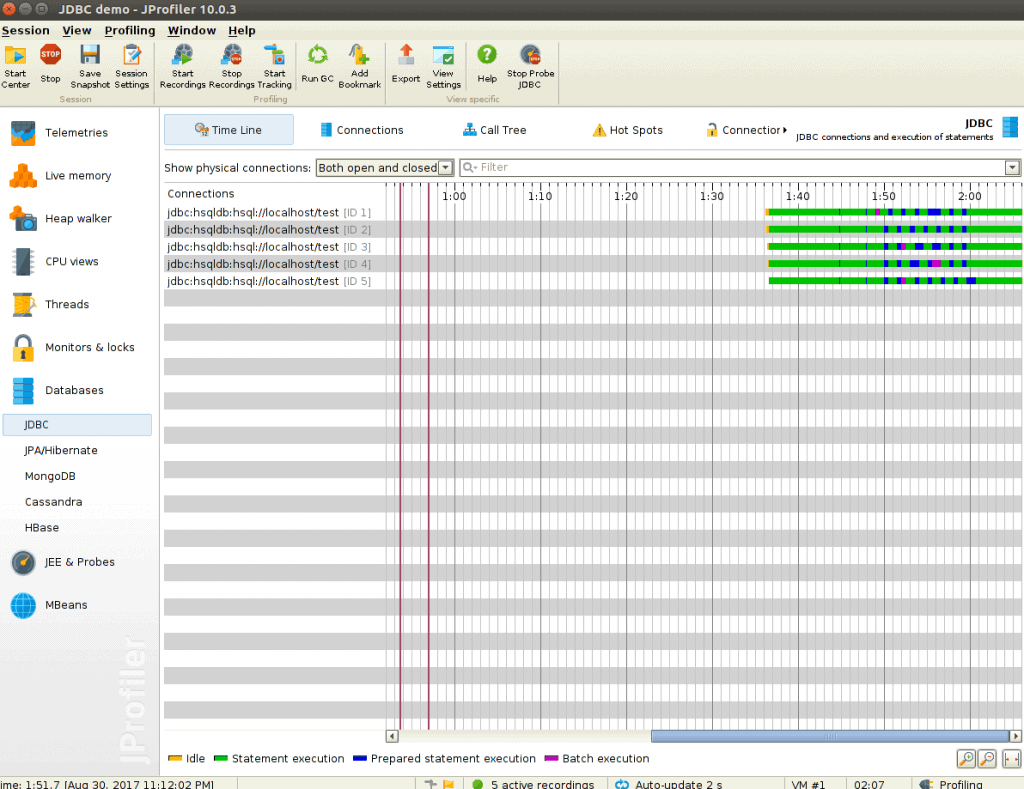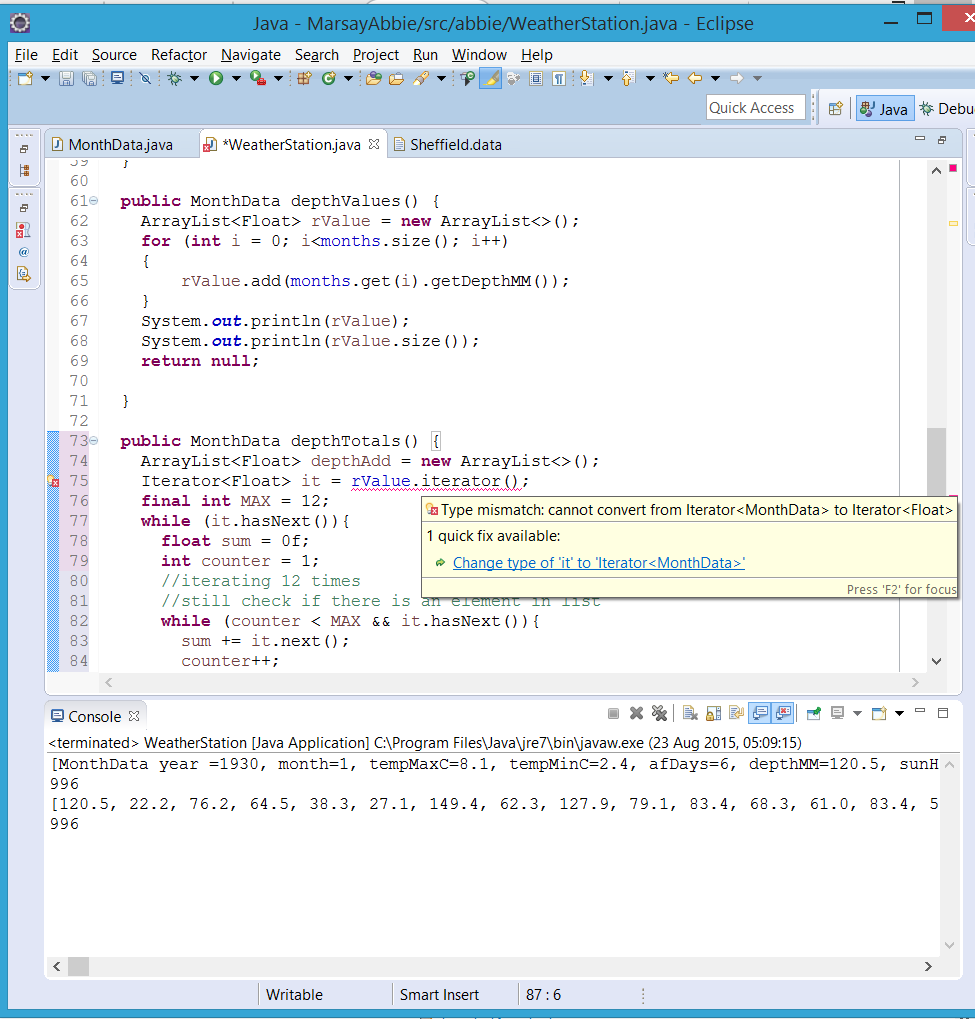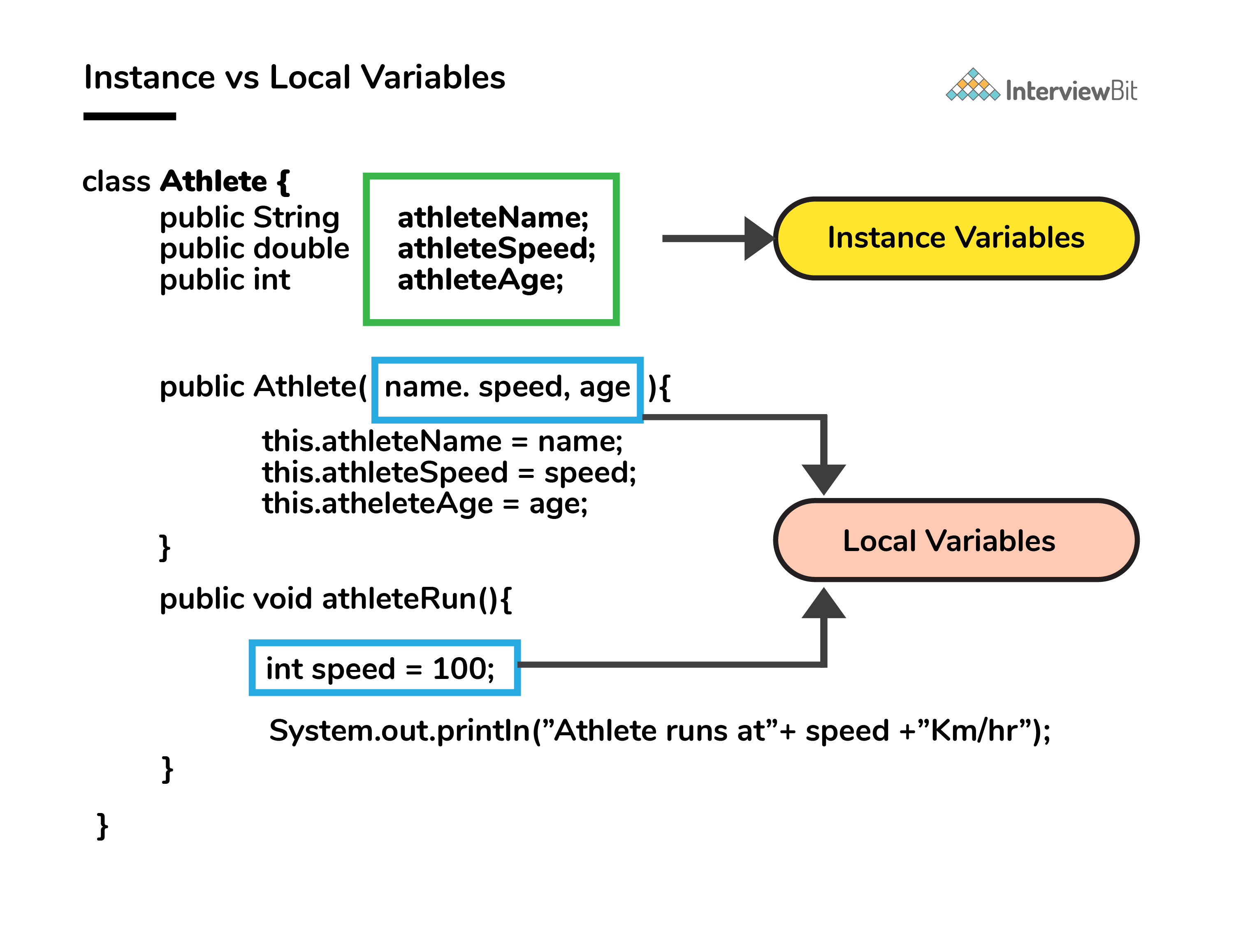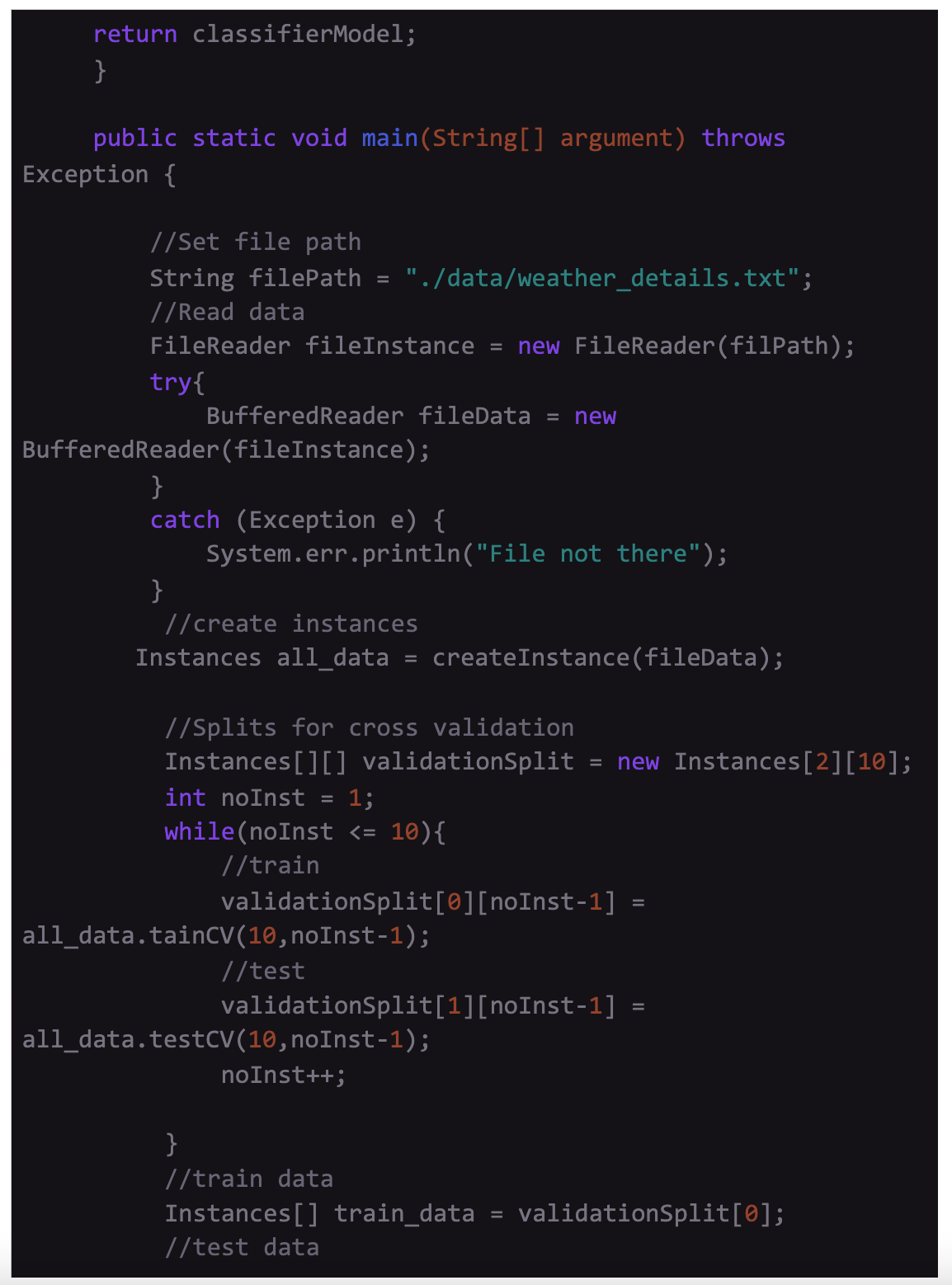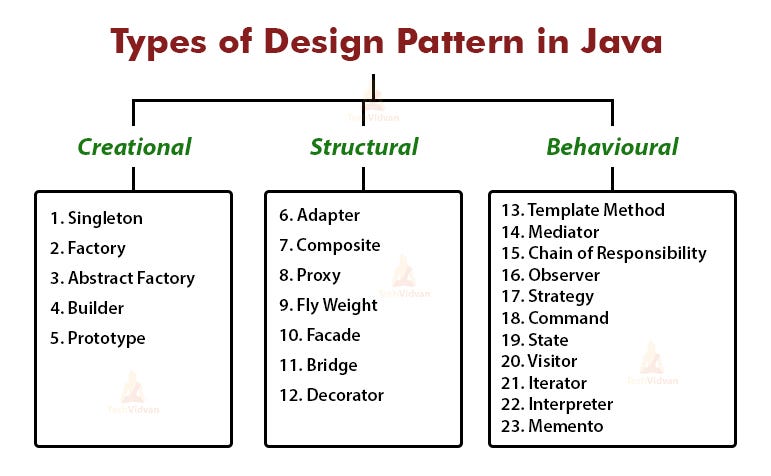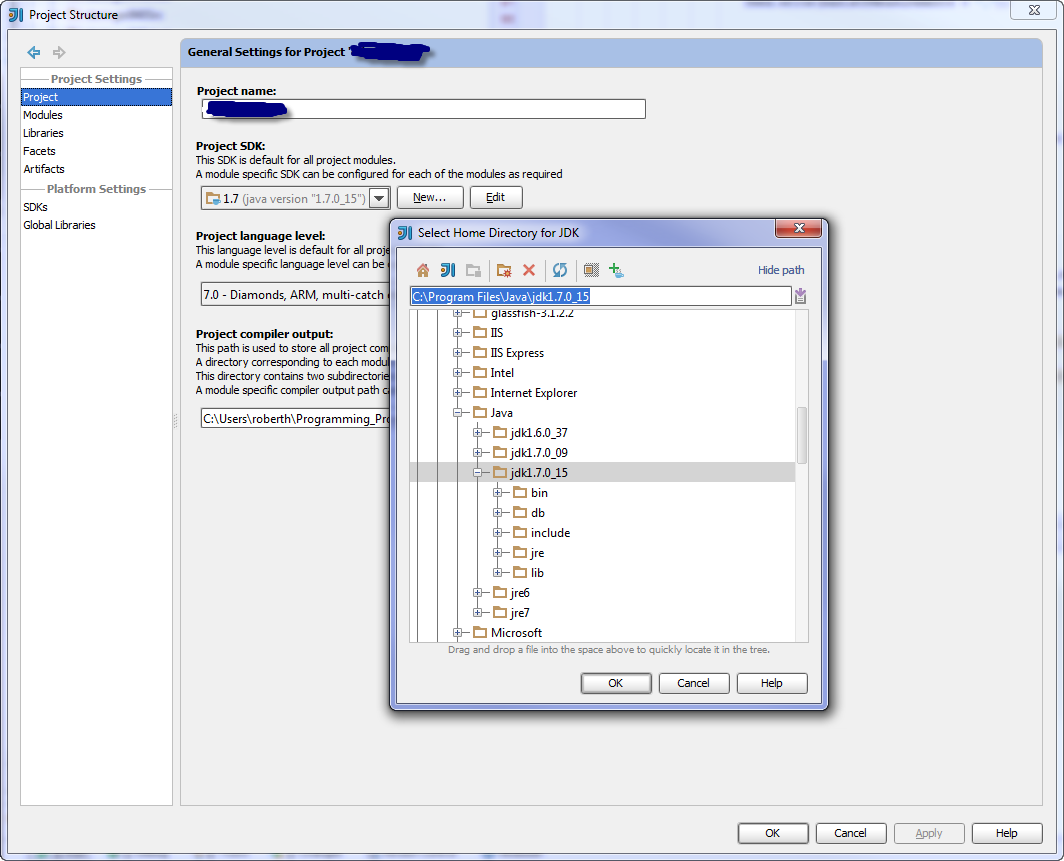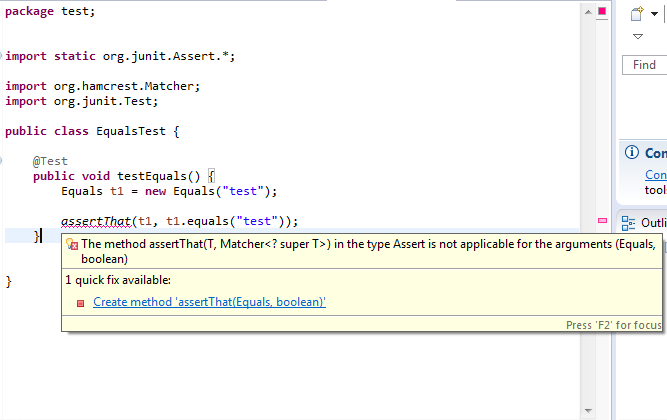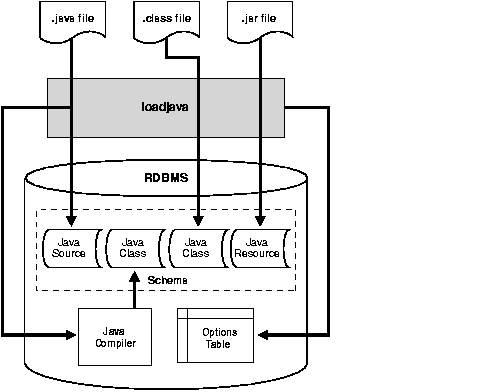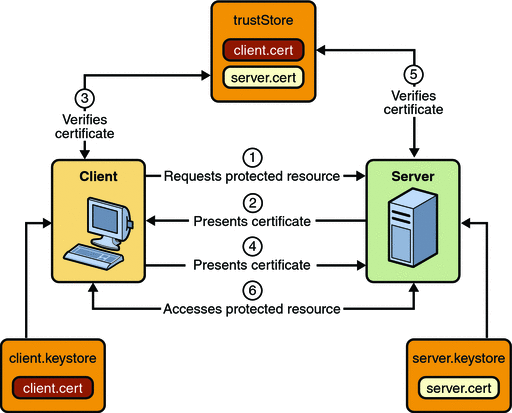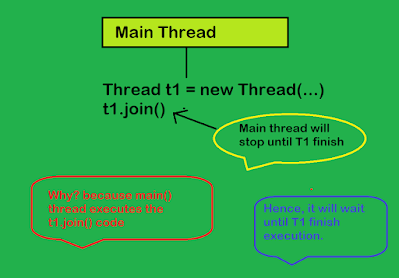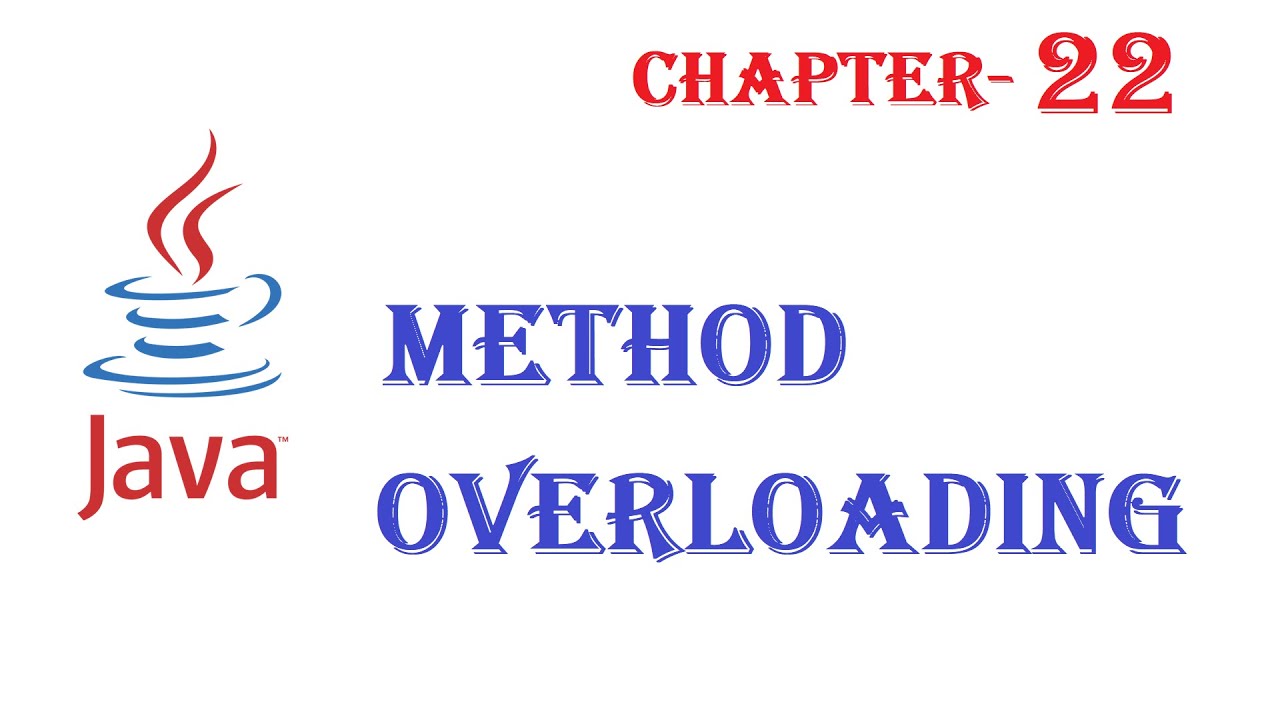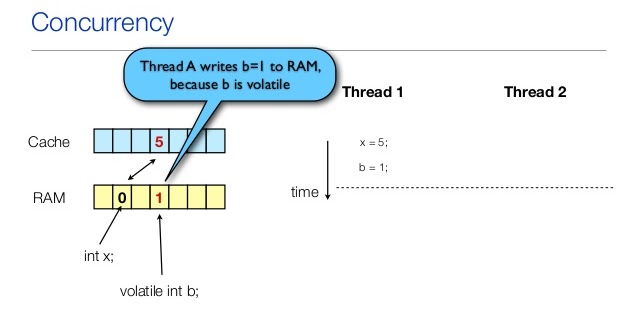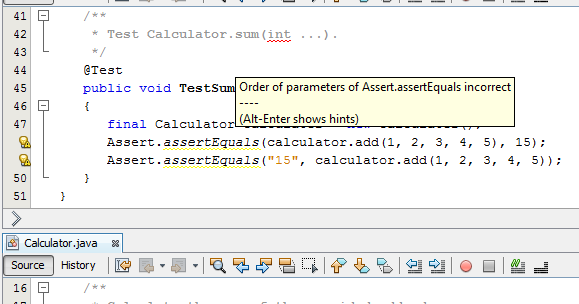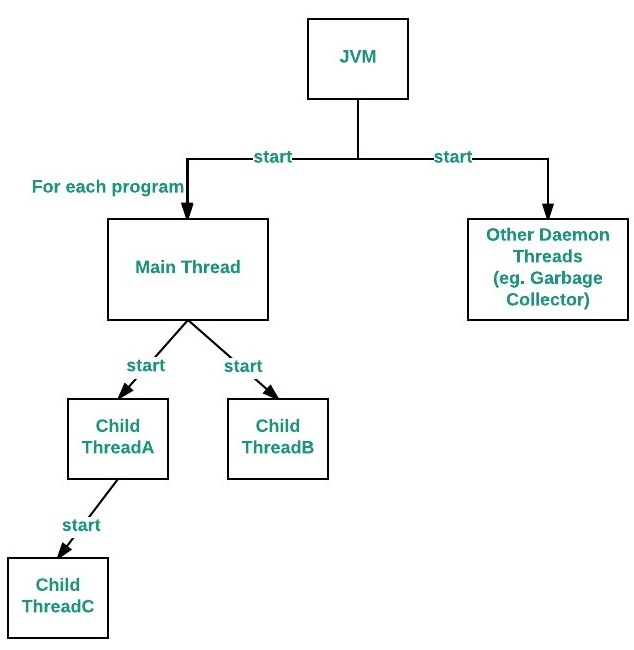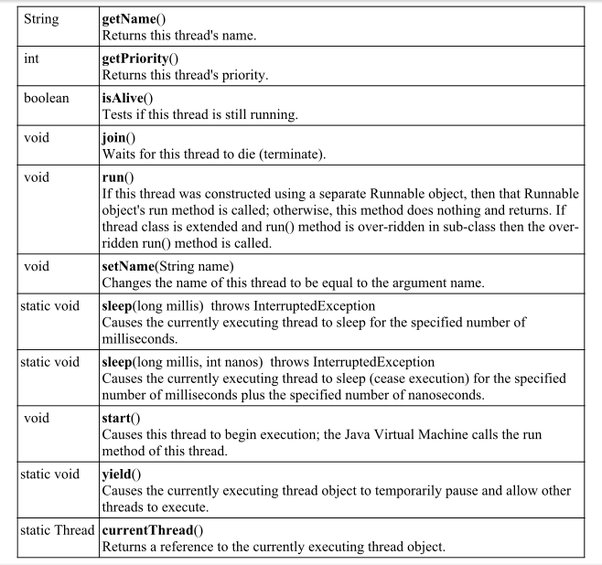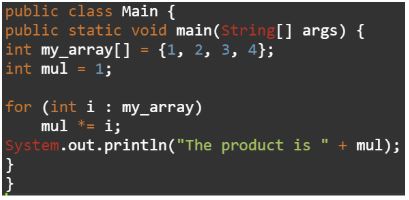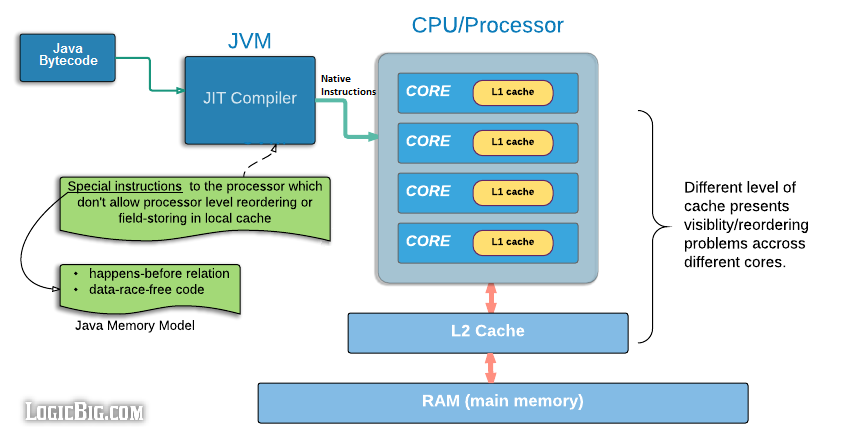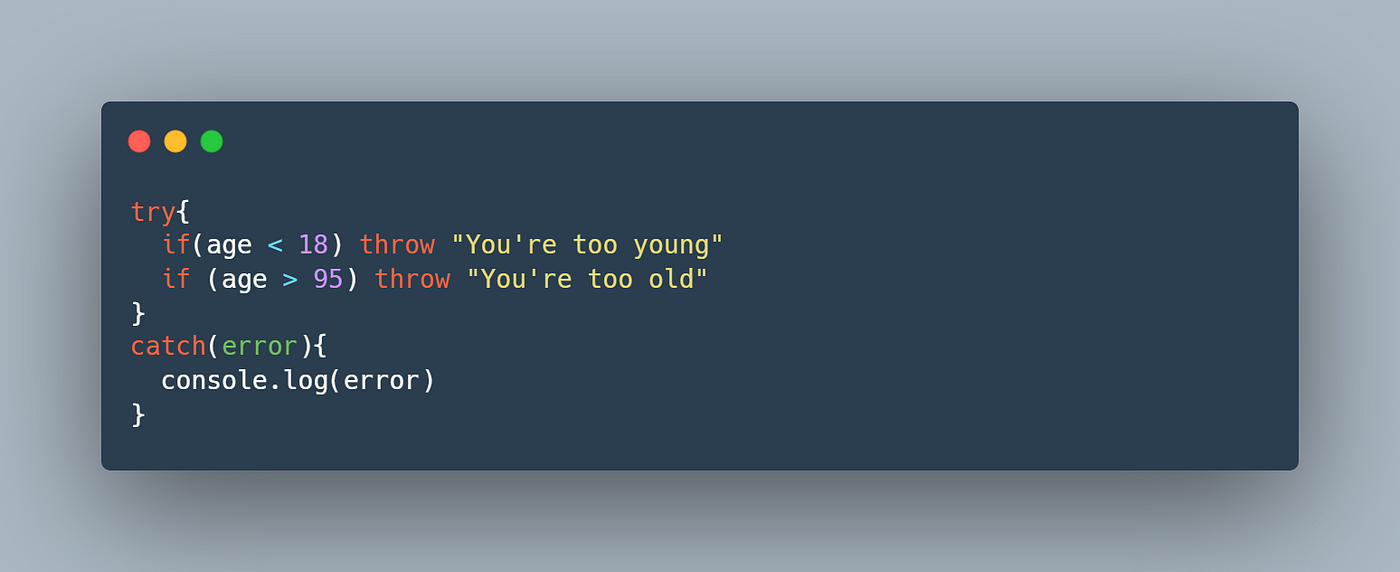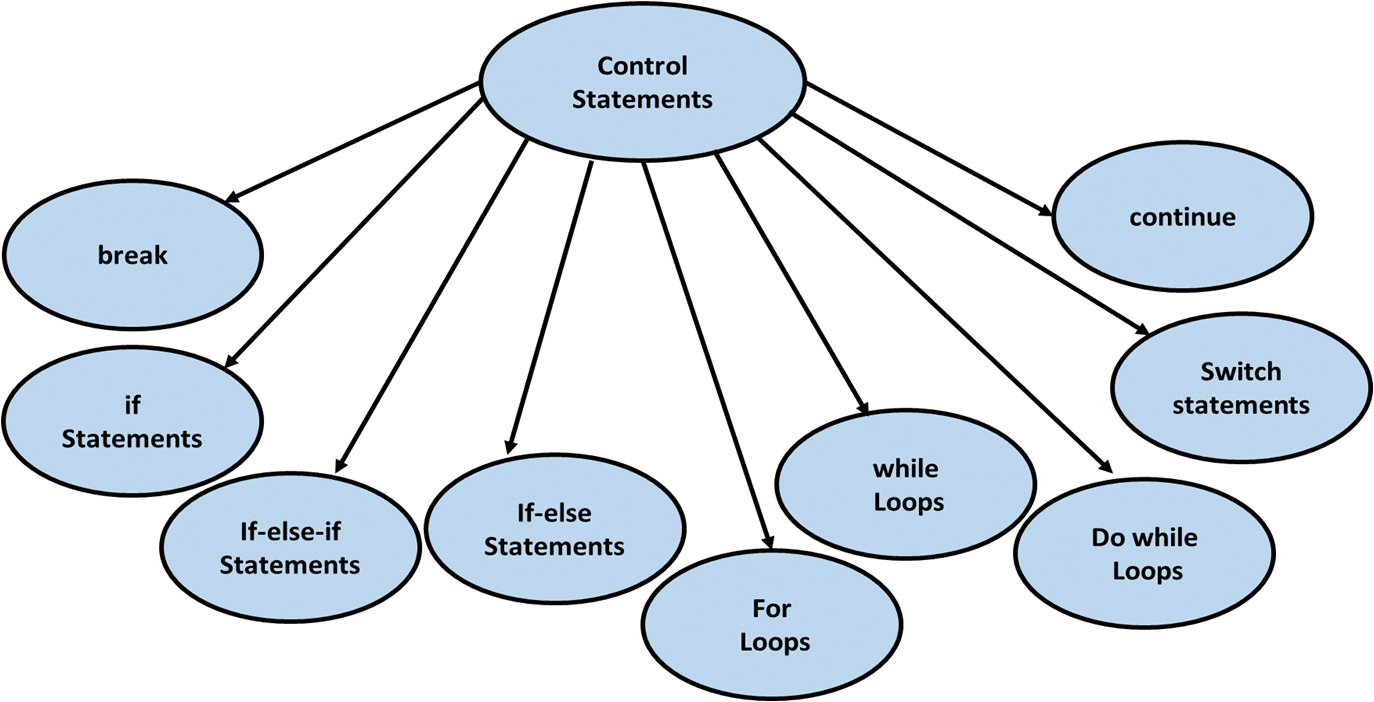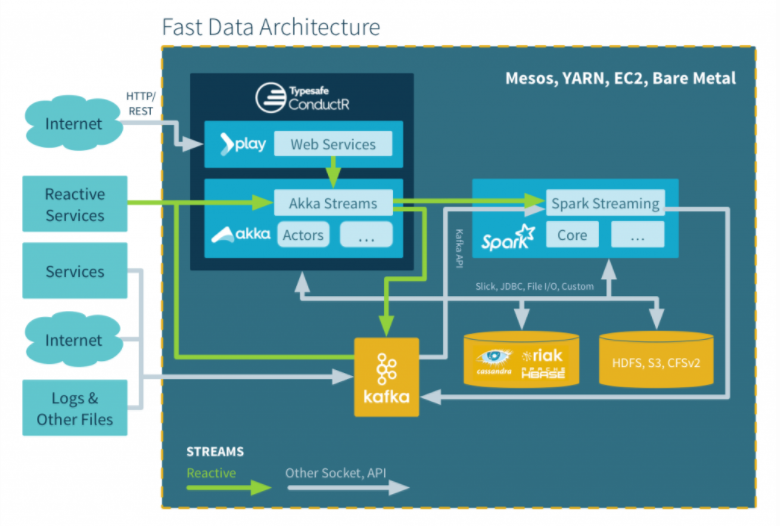Java annotation processor library example
Java annotation processor library example
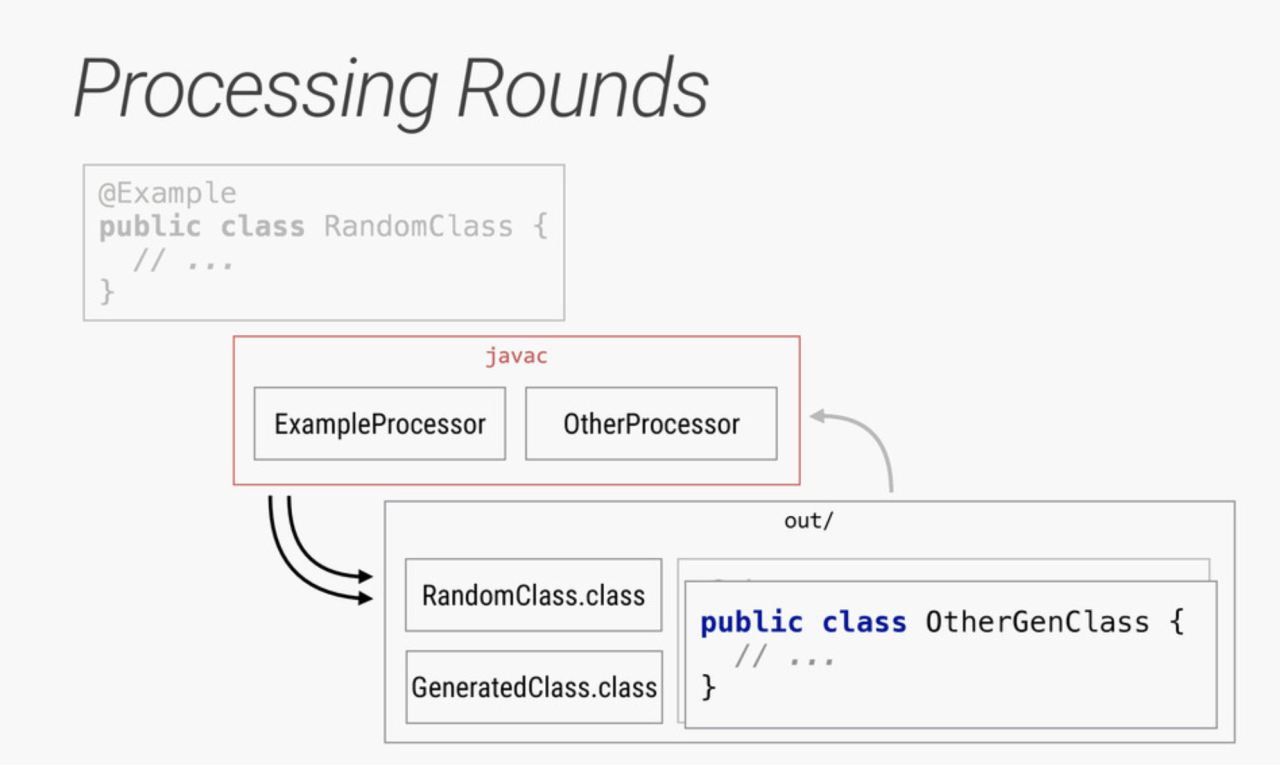
Here's an example of using the Java Annotation Processing Library (APT) to process annotations:
Let's create a simple example where we have a custom annotation @Loggable that can be applied to methods. When a method is annotated with @Loggable, we want to log information about the method execution, including the method name, arguments, and return value.
First, let's define our @Loggable annotation:
@Retention(RetentionPolicy.RUNTIME)
@Target(ElementType.METHOD)
public @interface Loggable {
}
In this example, we're using the @interface syntax to define an annotation. We're specifying that this annotation should be retained at runtime (@Retention(RetentionPolicy.RUNTIME)) and applied to methods (@Target(ElementType.METHOD)).

Next, let's create a Java Annotation Processor that will process our @Loggable annotation:
import javax.annotation.processing.*;
import javax.lang.model.element.ExecutableElement;
import javax.lang.model.element.VariableElement;
import javax.lang.model.type.TypeMirror;
public class LoggableProcessor extends AbstractProcessor {
@Override
public synchronized void run(ProcessingEnvironment env) {
for (ExecutableElement executable : env.getElementsAnnotatedWith(Loggable.class)) {
logMethodInformation(executable);
}
}
private void logMethodInformation(ExecutableElement method) {
System.out.println("Logging information about method: " + method.getSimpleName());
for (VariableElement parameter : method.getParameters()) {
System.out.println(" Parameter: " + parameter.getSimpleName() + ", type: " + parameter.asType().toString());
}
try {
Object[] args = new Object[method.getParameterCount()];
for (int i = 0; i < method.getParameterCount(); i++) {
args[i] = method.getParameters().get(i).asType().box();
}
if (!method.isSynthetic() && method.canBeInvoked()) {
System.out.println(" Returning: " + invokeMethod(method, args));
} else {
System.out.println(" Method cannot be invoked!");
}
} catch (Exception e) {
System.err.println("Error invoking method: " + e.getMessage());
}
}
private Object invokeMethod(ExecutableElement method, Object[] args) throws Exception {
// Implement logic to invoke the method here
return null;
}
}
In this example, our processor (LoggableProcessor) extends AbstractProcessor, which provides basic functionality for processing annotations. In our run() method, we iterate over all methods annotated with our custom @Loggable annotation and log information about each method.
Finally, let's use our annotation on a sample class:
public class MyService {
@Loggable
public int myMethod(int x, String y) {
return x * x + y.length();
}
}
When we run our processor on this code, it will print out information about the myMethod method, including its name, parameters, and return value.
This is a basic example of using Java Annotation Processing to process custom annotations. You can extend this concept to create more complex processors that analyze and transform your code in various ways.
How to enable annotation processing Java?
I'll respond in English for this specific request!
To enable annotation processing in Java, you need to understand how the Java compiler (javac) and the Annotation Processor work together.
What is Annotation Processing?
In Java, annotations are a way to add metadata to your code. For example, the @Override annotation indicates that a method overrides a method from a superclass. Annotation processing is a mechanism that allows you to automatically generate or modify bytecode based on the presence of certain annotations in your code.
How Does it Work?
The process involves three main components:
Java Compiler (javac): When you compile your Java code, javac scans for annotations and checks if there are any corresponding annotation processors available. Annotation Processor: An annotation processor is a piece of code that implements the logic for processing an annotation. It receives the annotated class file as input and generates new bytecode or modifies existing bytecode based on the annotation's presence and characteristics. Java Runtime Environment (JRE): The compiled code, including any generated or modified bytecode, is executed by the JRE.To enable annotation processing, you need to:
Write an Annotation Processor: Create a Java class that implements theProcessor interface from the java.processing package. This class will contain the logic for processing your custom annotations. Annotate Your Code: Add the annotation(s) you want to process to your Java code using the @ symbol. Compile Your Code: Compile your annotated Java code using the javac compiler. The compiler will detect the presence of an annotation and look for a corresponding annotation processor.
Configuring Annotation Processing
To enable annotation processing, you need to:
Add the Compiler Plugin: In yourbuild.gradle file (if you're using Gradle) or pom.xml file (if you're using Maven), add the compiler plugin for annotation processing. Specify the Annotation Processor: Configure the compiler plugin to include the annotation processor class file in the compilation process.
Here's an example of how you might configure annotation processing in your build.gradle file:
plugins {
id 'java'
}
group = 'com.example'
version = '1.0'
compileJava {
sourceCompatibility = 11
targetCompatibility = 11
options.compilerArgs = ['-A', '-processorpath', '/path/to/annotation/processor.jar']
}
In this example, the compileJava task is configured to include the annotation processor class file (annotation-processor.jar) in the compilation process. The -A option specifies that you want to enable annotation processing.
That's it! With these steps, you should be able to enable annotation processing in your Java code and automatically generate or modify bytecode based on the presence of certain annotations.
